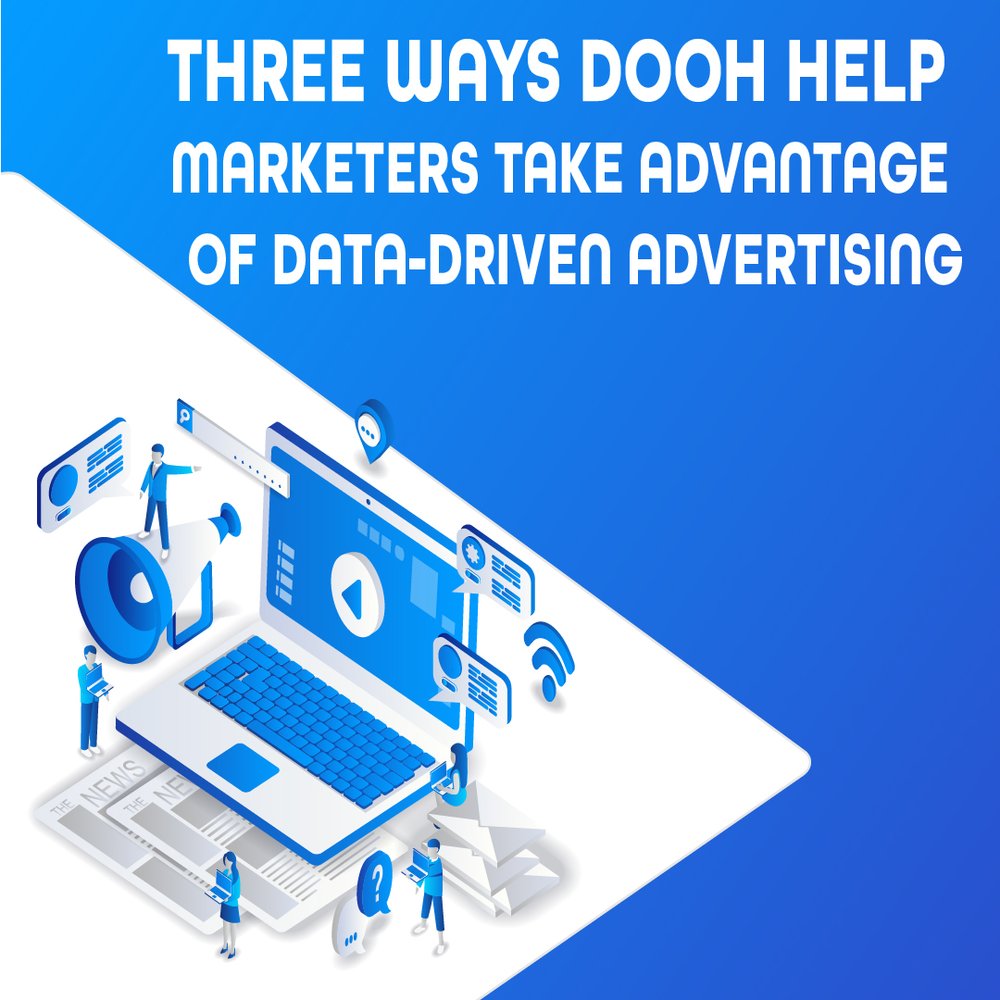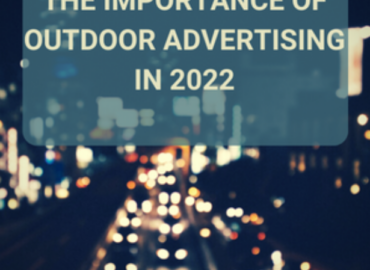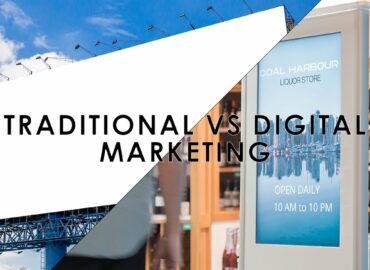Top three ways programmatic DOOH may help marketers take advantage of data-driven advertising
Marketers commonly attribute channels and approaches to various stages of the marketing funnel or customer journey. TV and radio, for example, are frequently associated with brand recognition because they reach large audiences in emotionally potent forms, but they lack the targeting capabilities of, say, search and social, which are bottom-of-funnel or decision-making channels. However, when it comes to out-of-home (OOH), such a viewpoint is no longer valid.
Long gone are the days when out-of-home advertising was restricted to a few billboards where a company might hope to reach a large audience. Brands may use programmatic digital out-of-home (DOOH) to choose digital merchandise where analytics says their consumers are most likely to be. Even better, they can show the success of programmatic DOOH campaigns by correlating campaign exposure with location data.
Here’s why organisations looking to cash in on data-driven advertising should give programmatic DOOH a chance and include it into their media mix.
1: Combining memorable forms with data-driven precision is a winning combination.
The original selling point of OOH was that it allowed marketers to expose people to enormous, stunning content that was memorable. Advertisers could now match huge, conspicuous pictures with motion on DOOH, enhancing the value offer. By combining DOOH’s narrative potential and memorability with data-driven targeting and automatic distribution, programmatic DOOH takes the benefits of DOOH to the next level.
The following is a diagram of how programmed DOOH targeting works. Assume a home goods retailer wishes to increase foot traffic. The company may leverage mobile location data to establish additional sites where customers who visit its stores go, and then programmatically place DOOH advertising in those other locations to effectively retarget them. The company could do the same thing by studying where customers go in its competitors’ stores, possibly snatching market share.
Furthermore, programmatic marketing enables for greater measurement than the so-called top-of-funnel channel has traditionally allowed. Advertisers may accurately measure the incremental impact of DOOH ads on brand lift, foot traffic, and even online conversion using location data. Better still, this does not necessitate the use of personally identifiable information, merely anonymized device data, lowering the danger of data privacy.
2: Make advertisements that are relevant to the consumer.
Contextual advertising, which tries to optimise ads for relevance to consumers without depending on privacy-sensitive data, is making a comeback in the digital advertising market. Serving someone reading about running when a footwear ad displays on the site is the quintessential example of this in display advertising. The contextual advertising campaign does not target the consumer based on their browsing history; instead, it displays an ad that is relevant to their digital experience at the time of exposure.
Programmatic DOOH has the same power to increase campaign relevance. Advertisers may alter ad content based on the time of day, weather, news, or sports results, and only serve consumers advertising that are relevant to their circumstances, thanks to programmatic technology’s adaptability.
For example, an apparel company may use weather-based marketing and modify its creative in real time to promote raincoats in rainy climates, summer garments in hot climates, and winter jackets in cold climates. In each of these scenarios, the customer is seeing the ad that is most relevant to their current circumstances (and therefore, an ad for the product they are most likely to buy or remember at the point of contact).
Of course, data-driven automation of programmatic DOOH is what enables this real-time relevance optimization.
3: Make OOH less of a pain.
One of the historical roadblocks to out-of-home adoption has been the perception that it involves significantly more logistical effort than digital channels like search, social, and display. While a large billboard, particularly a digital billboard, has clear advantages over a small mobile ad, marketers are often short on time and resources to set up OOH campaigns.
But, owing to programmable DOOH, this is also changing. DOOH merchandise is now available for purchase through a biddable auction. Advertisers can enter their criteria, identify the types of audiences they want to reach, and upload a few creative files, and programmatic technology will take care of the rest, orchestrating campaigns and continually optimising them to help advertisers reach the customers they need while reducing inefficiencies. Campaigns may be started quickly with just a few different creative sizes needed, and a programmatic platform eliminates the hassles of dealing with several different media owners separately.
Marketers should take advantage of programmatic DOOH.
The worldwide DOOH industry is predicted to expand from $32 billion in 2020 to $45 billion in 2027, and the technology supporting that development is improving every year, making one of advertising’s most potent channels less cumbersome. Consumers are set to come out in record numbers this year, with Covid’s grip on daily life decreasing. Advertisers have a strong and accessible tool to reach them with programmatic DOOH. The only thing standing in their way might be their own stale perceptions of the channel.
https://info.vistarmedia.com/blog/vistar-101-why-use-dooh




